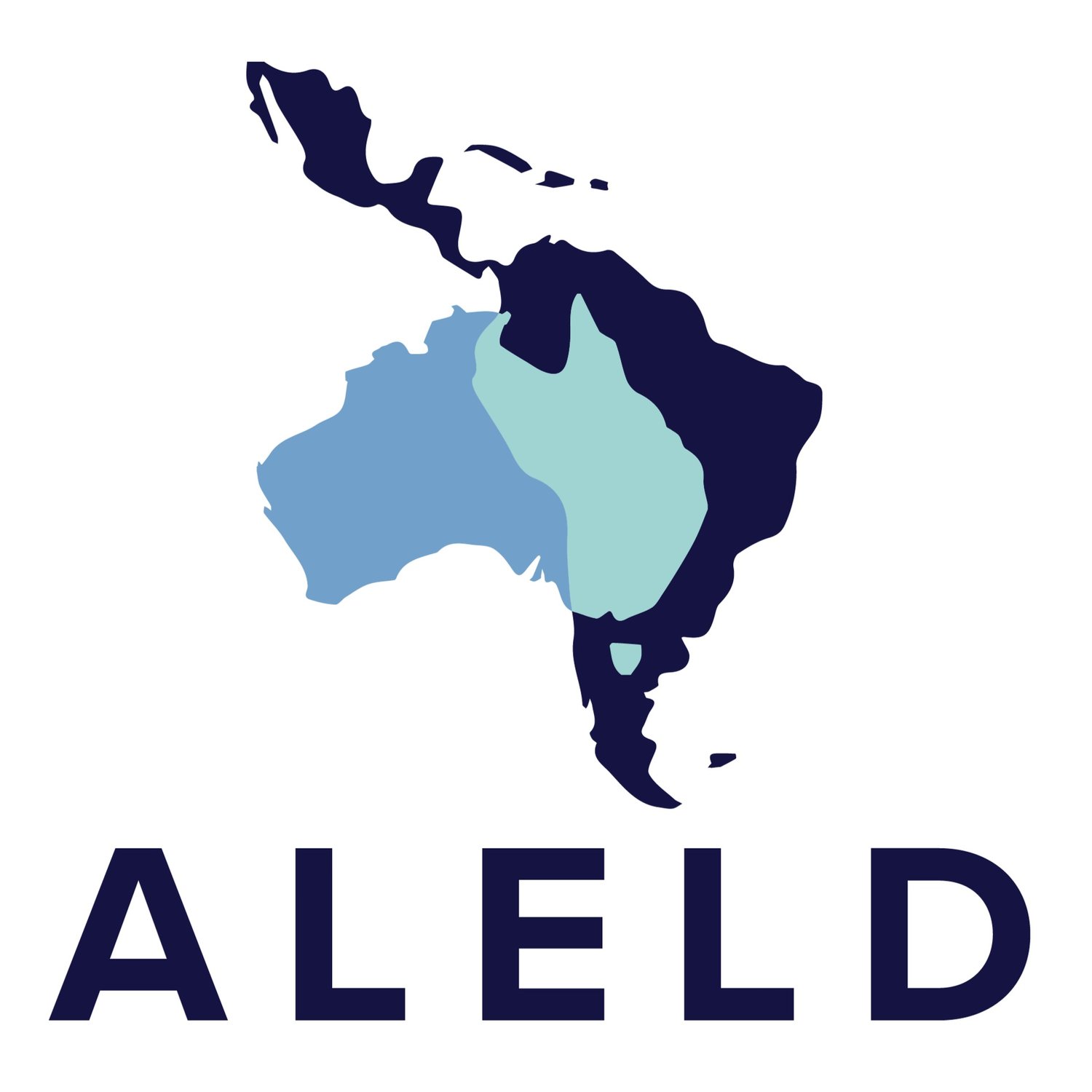Bolivia | EN/ES
La Paz
Bolivia -formally known as the Plurinational State of Bolivia- is a landlocked country located in South America and bordered by Brazil, Paraguay, Argentina, Chile, and Peru. Almost twice the size of Spain (see total area below), this country has two capital cities. The constitutional capital and home to the Supreme Court is the city of Sucre while the administrative hub is La Paz -where the executive and legislative branches of government are established. In its territory, 7 UNESCO World Heritage sites and stunning locations like the world’s highest salt flat pan, Salar de Uyuni, can be found.
The beginning of diplomatic relations between Bolivia and Australia date back to April 10, 1975. Both countries share membership at the World Trade Organisation (WTO), United Nations (UN), and UN organisations with focus on indigenous issues.
Natural gas, silver and zinc are the most important export products of the country while soybeans are the main agricultural crop. The relevance of mining and agriculture for the economy of the country is one of the traits shared with the Australian economy. China is both countries’ largest import partner (see here and here) (2019).
Roughly 70% of the country’s population dwells in urban areas. Bolivia is home to the largest proportion of indigenous peoples in Latin America, with around 63% of the total population being part of peoples like the Aymara or the Quechua, among more than 30 others. Its diversity is mirrored in its customs, music, and arts, which mix native culture with that brought by Spain during colonial times.
Potosí
Did you know…?
Bolivia has a presidential system of government.
The Constitution of Bolivia recognizes 36 official indigenous languages besides Spanish.
One third of its territory is situated in the Andes Mountains.
Total area: 1,098,581 sq km / 424,165 sq mi
Population: 11,513,100 (2019)
Altiplano
Bolivia, conocida formalmente como Estado Plurinacional de Bolivia, es un país sin salida al mar ubicado en América del Sur que limita con Brasil, Paraguay, Argentina, Chile y Perú. Casi el doble del tamaño de España (ver el área total a continuación), este país tiene dos capitales. La capital constitucional y sede de la Corte Suprema es la ciudad de Sucre, mientras que el centro administrativo es La Paz, donde están establecidos los poderes ejecutivo y legislativo del gobierno. En su territorio, se encuentran 7 sitios declarados Patrimonio de la Humanidad por la UNESCO y lugares impresionantes como el salar más alto del mundo, el Salar de Uyuni.
El inicio de las relaciones diplomáticas entre Bolivia y Australia se remonta al 10 de abril de 1975. Ambos países son miembros de la Organización Mundial del Comercio (OMC), Naciones Unidas (ONU) y organizaciones de la ONU con enfoque en temas indígenas.
El gas natural, la plata y el zinc son los productos de exportación más importantes del país, mientras que la soja es el principal cultivo agrícola. La relevancia de la minería y la agricultura para la economía del país es uno de los rasgos compartidos con la economía australiana. China es el socio de importación más grande de ambos países (ver aquí y aquí) (2019).
Aproximadamente el 70% de la población del país vive en áreas urbanas. Bolivia es el hogar de la mayor proporción de pueblos originarios en América Latina, con alrededor del 63% de la población total que forma parte de pueblos como el Aymara o el Quechua, entre más de otros 30. La diversidad del país se refleja en sus costumbres, música y artes, que mezclan la cultura nativa con la traída por España durante la época colonial.
Salar de Uyuni
Sabias que…?
- Bolivia tiene un sistema de gobierno presidencial.
- La Constitución de Bolivia reconoce 36 lenguas originarias oficiales además del español.
- Un tercio de su territorio está situado en la Cordillera de los Andes.
Área total: 1,098,581 sq km / 424,165 sq mi
Población total: 11,513,100 (2019)




